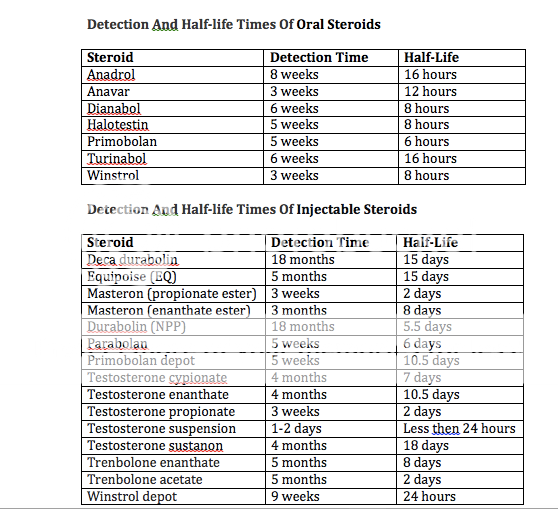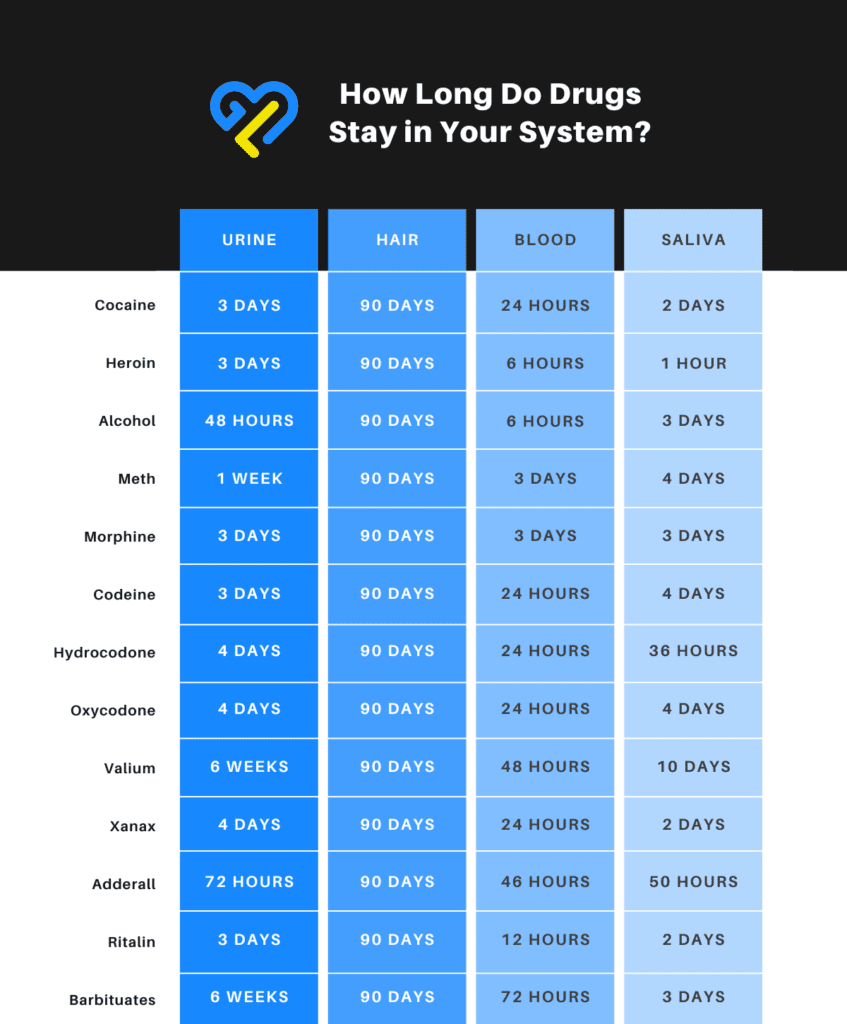How Long Do Anabolic Steroids Stay In Your System

Imagine a stadium bathed in the golden glow of victory lights, the roar of the crowd a symphony of cheers. But behind the scenes, in the hushed locker rooms, a different kind of battle often silently unfolds – a battle with time, detection, and the lingering effects of substances that promise performance enhancement but deliver a complex web of consequences. The shadow of anabolic steroids looms large in the world of sports, and a crucial question always surfaces: How long do these substances remain detectable in the body?
The detection window for anabolic steroids varies significantly depending on several factors. These include the specific steroid used, the dosage, the frequency of use, and the individual's metabolism. Understanding these variables is critical for athletes, medical professionals, and anyone concerned about the implications of steroid use.
Anabolic Steroids: A Brief Overview
Anabolic steroids are synthetic substances similar to the male hormone testosterone. They promote muscle growth (anabolic effects) and the development of male characteristics (androgenic effects). While they have legitimate medical uses, such as treating hormone imbalances or muscle-wasting diseases, they are often misused by athletes seeking to enhance their performance.
The History of Steroid Use
The use of performance-enhancing substances dates back centuries. However, synthetic anabolic steroids were first developed in the 1930s. Their use gained popularity in competitive sports in the mid-20th century, particularly in weightlifting and bodybuilding.
Over time, the widespread misuse of steroids led to concerns about fairness in sports, as well as serious health risks. This prompted regulatory bodies to implement testing and ban steroid use in most professional and amateur sports.
Factors Influencing Detection Time
Several factors determine how long anabolic steroids can be detected in the body. Understanding these variables is crucial for interpreting drug test results and assessing the potential health impacts.
Type of Steroid
Different steroids have different chemical structures and metabolic pathways. Some steroids are cleared from the body more quickly than others.
For example, water-based steroids tend to be eliminated faster compared to oil-based steroids. The type of ester attached to the steroid molecule also plays a significant role in its detection window. Testosterone enanthate, for instance, has a longer detection time than testosterone propionate.
Dosage and Frequency of Use
Higher doses and more frequent use of anabolic steroids will generally lead to longer detection times. The body needs more time to metabolize and eliminate larger quantities of the substance.
Chronic users may have detectable levels of steroids for a more extended period compared to occasional users. This is due to the accumulation of the steroid and its metabolites in the body's tissues.
Individual Metabolism
Individual metabolic rates vary based on factors like age, genetics, liver function, and kidney function. People with faster metabolisms may clear steroids from their system more quickly than those with slower metabolisms.
Age-related changes in liver and kidney function can also affect the rate at which steroids are metabolized and excreted. Liver diseases or kidney problems can significantly prolong the detection time.
Testing Methods
The type of drug test used also influences the detection window. Urine tests are the most common method for detecting anabolic steroids.
However, blood tests and hair follicle tests can detect steroids for a more extended period. Hair follicle tests, in particular, can provide a historical record of steroid use over several months.
Typical Detection Windows for Common Steroids
Here’s a general overview of the detection windows for some commonly used anabolic steroids. These are estimates and can vary based on the factors mentioned above.
Oral Steroids
Oral steroids, like methandrostenolone (Dianabol), generally have shorter detection windows. They are typically detectable in urine for a few weeks.
Oxandrolone (Anavar) also falls into this category, with a detection window of around three to four weeks. However, these durations can be affected by dosage and frequency of use.
Injectable Steroids
Injectable steroids, especially those with longer esters, tend to have longer detection windows. Testosterone enanthate can be detected in urine for up to three months.
Nandrolone decanoate (Deca-Durabolin) has an even longer detection window, sometimes lasting up to 18 months. This is due to its slow release and metabolism in the body.
Health Implications and Risks
The use of anabolic steroids carries significant health risks. These risks are both physical and psychological, affecting multiple organ systems.
Physical Health Risks
Steroid use can lead to cardiovascular problems, including high blood pressure and increased cholesterol levels. It can also damage the liver and kidneys.
Other physical risks include gynecomastia (breast enlargement in men), acne, hair loss, and prostate enlargement. In women, steroid use can cause virilization, which includes the development of male characteristics such as a deeper voice and increased facial hair.
Psychological Health Risks
Steroid use can lead to mood swings, aggression, and depression. Some users may experience paranoia and hallucinations.
Long-term steroid use can also result in dependence and withdrawal symptoms upon cessation. These symptoms can include fatigue, loss of appetite, and decreased libido.
Regulations and Testing in Sports
Most major sports organizations have strict regulations against the use of anabolic steroids. Athletes are subject to drug testing to ensure compliance.
Organizations like the World Anti-Doping Agency (WADA) and national anti-doping agencies establish testing protocols and penalties for athletes who test positive for steroids. Penalties can range from warnings to bans from competition.
These regulations are in place to promote fairness, protect the health of athletes, and maintain the integrity of sports. The science of detection is constantly evolving to keep pace with new steroids and masking agents.
The Future of Steroid Detection
Advancements in analytical techniques are leading to more sensitive and accurate methods for detecting anabolic steroids. Researchers are exploring new biomarkers and detection methods that can identify steroid use even after long periods.
The development of dried blood spot testing and improved mass spectrometry techniques are promising avenues for future steroid detection. These methods could provide more comprehensive and reliable data on steroid use.
As testing methods improve, the cat-and-mouse game between athletes seeking to enhance performance and anti-doping agencies will continue. Staying ahead requires continuous innovation and a commitment to ethical sports practices.
Conclusion
The question of how long anabolic steroids remain in your system is complex, with no simple answer. The detection window varies significantly based on numerous factors, from the type of steroid used to individual metabolism.
Understanding these variables is essential for athletes, healthcare professionals, and regulatory bodies. The health risks associated with steroid use are substantial, and promoting fair play in sports requires continued vigilance and advancements in detection methods. Ultimately, the true victory lies not in fleeting performance enhancements, but in the long-term well-being of athletes and the integrity of the games they play.



:max_bytes(150000):strip_icc()/how-long-do-steroids-stay-in-your-system-200902-v1-e51a132c158a4994b159dc28541027a7.jpg)




![How Long Do Anabolic Steroids Stay In Your System How Long Do Steroids Stay in Your System? [With Detailed Expiration Time]](https://www.massgainssource.com/wp-content/uploads/2023/02/Steroids-Stay-in-Your-System-1024x680.jpg)









